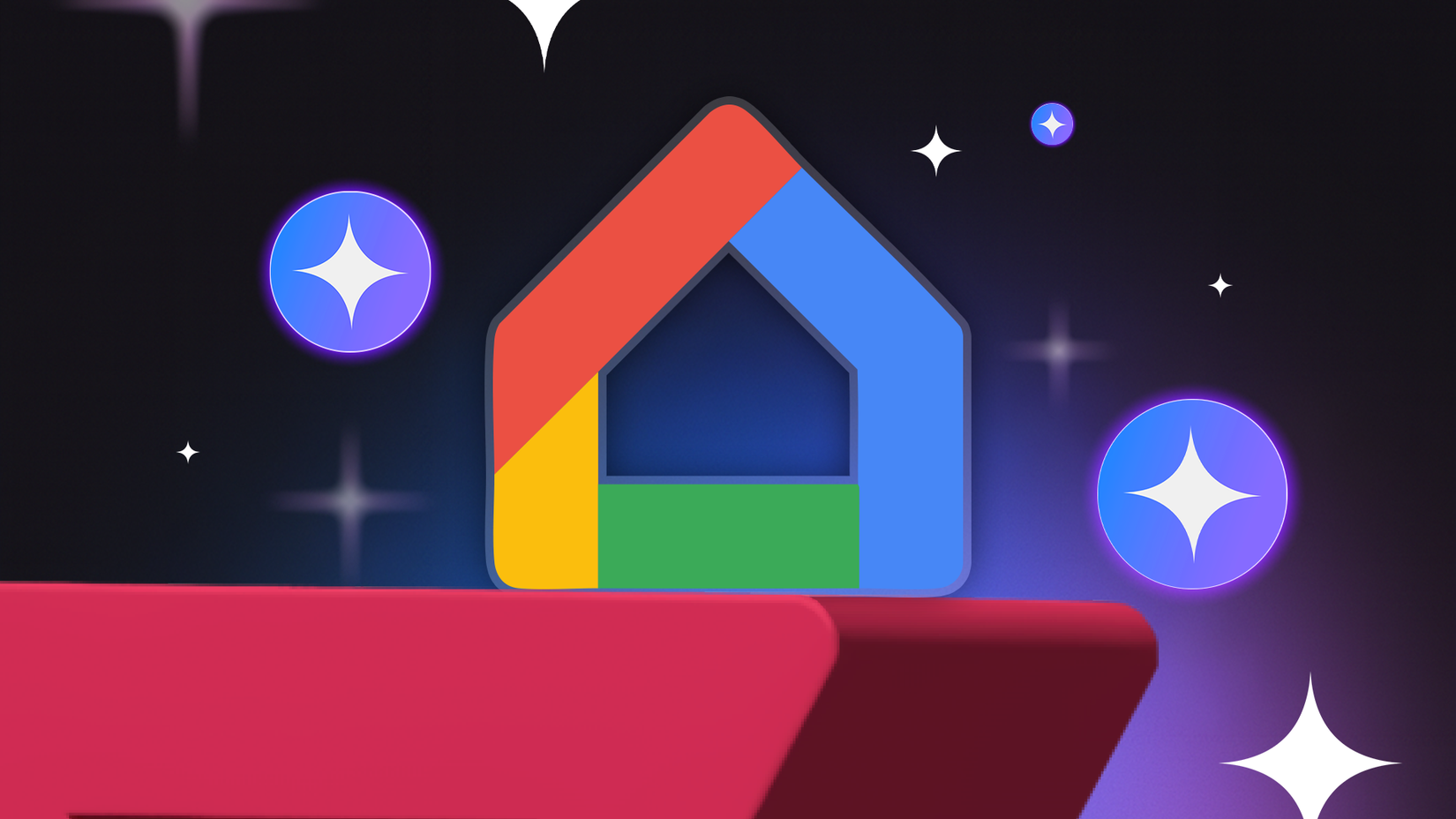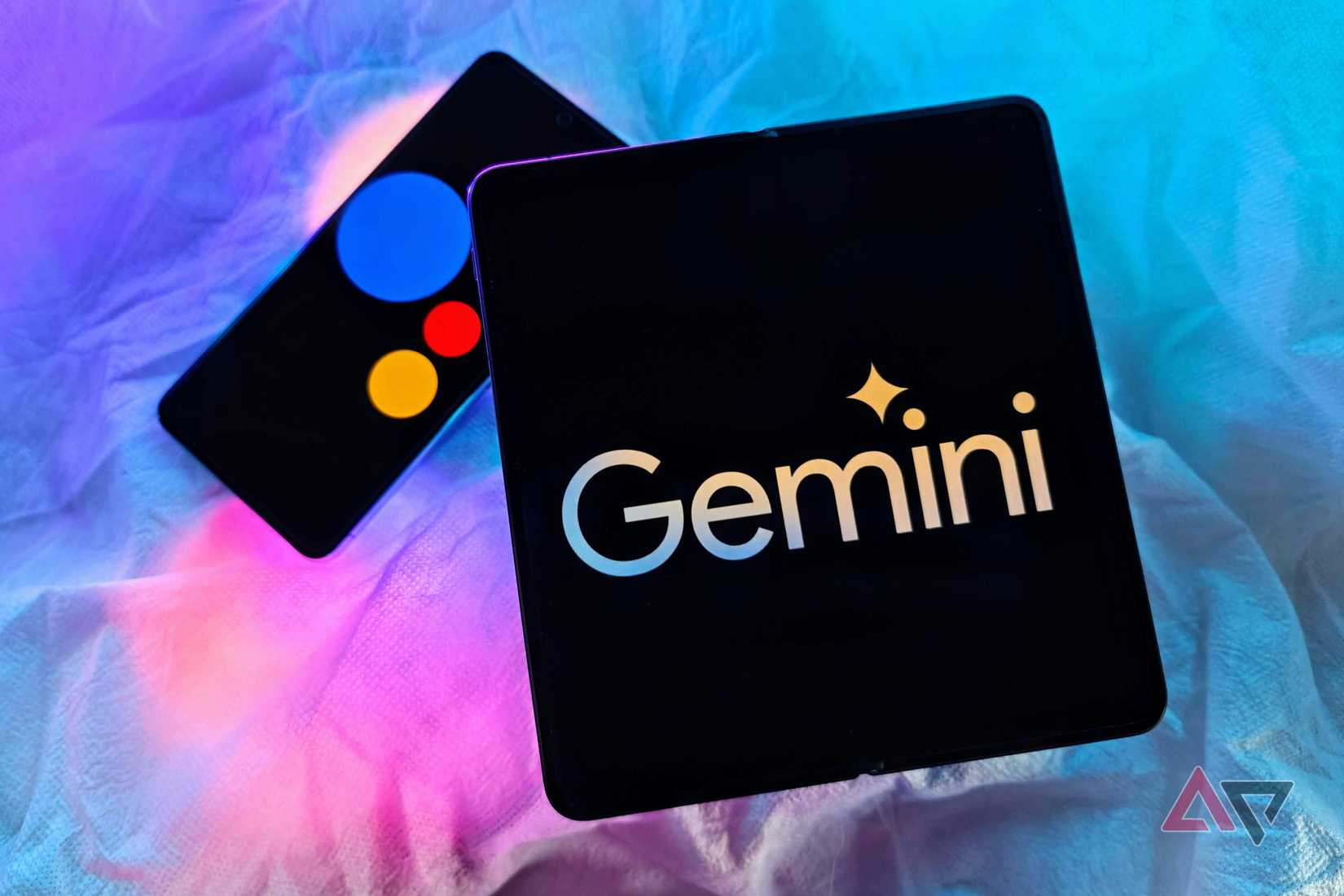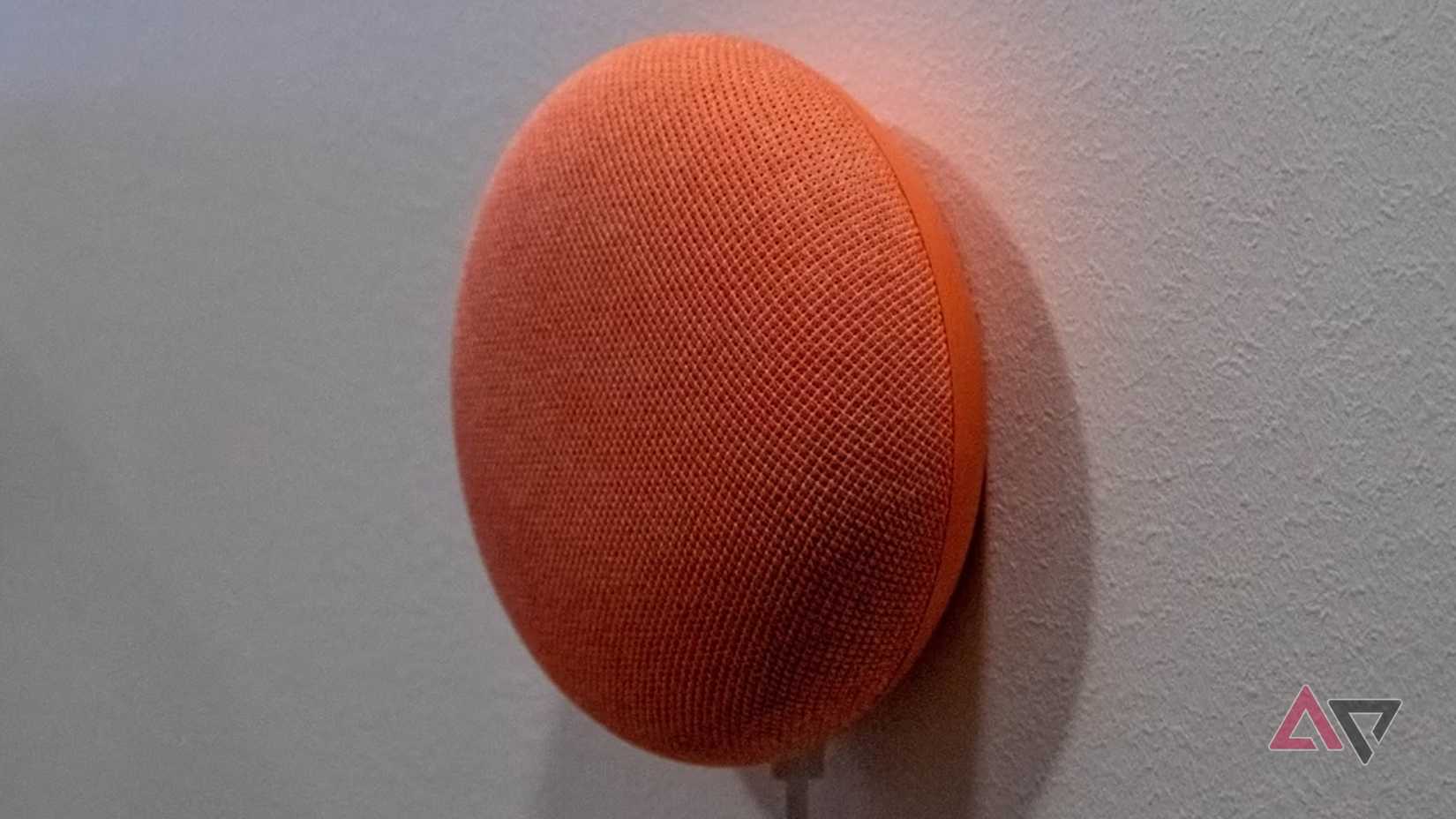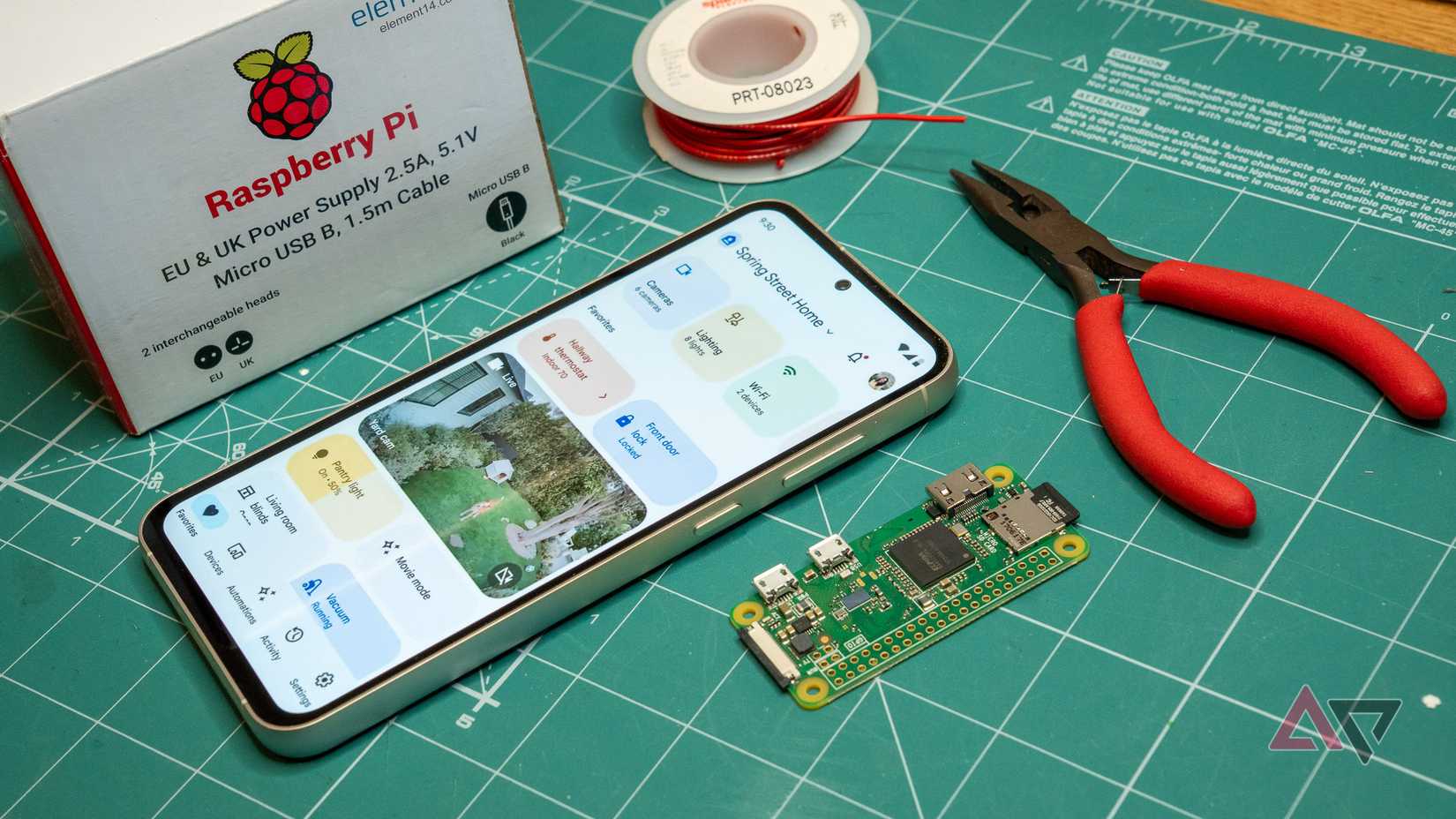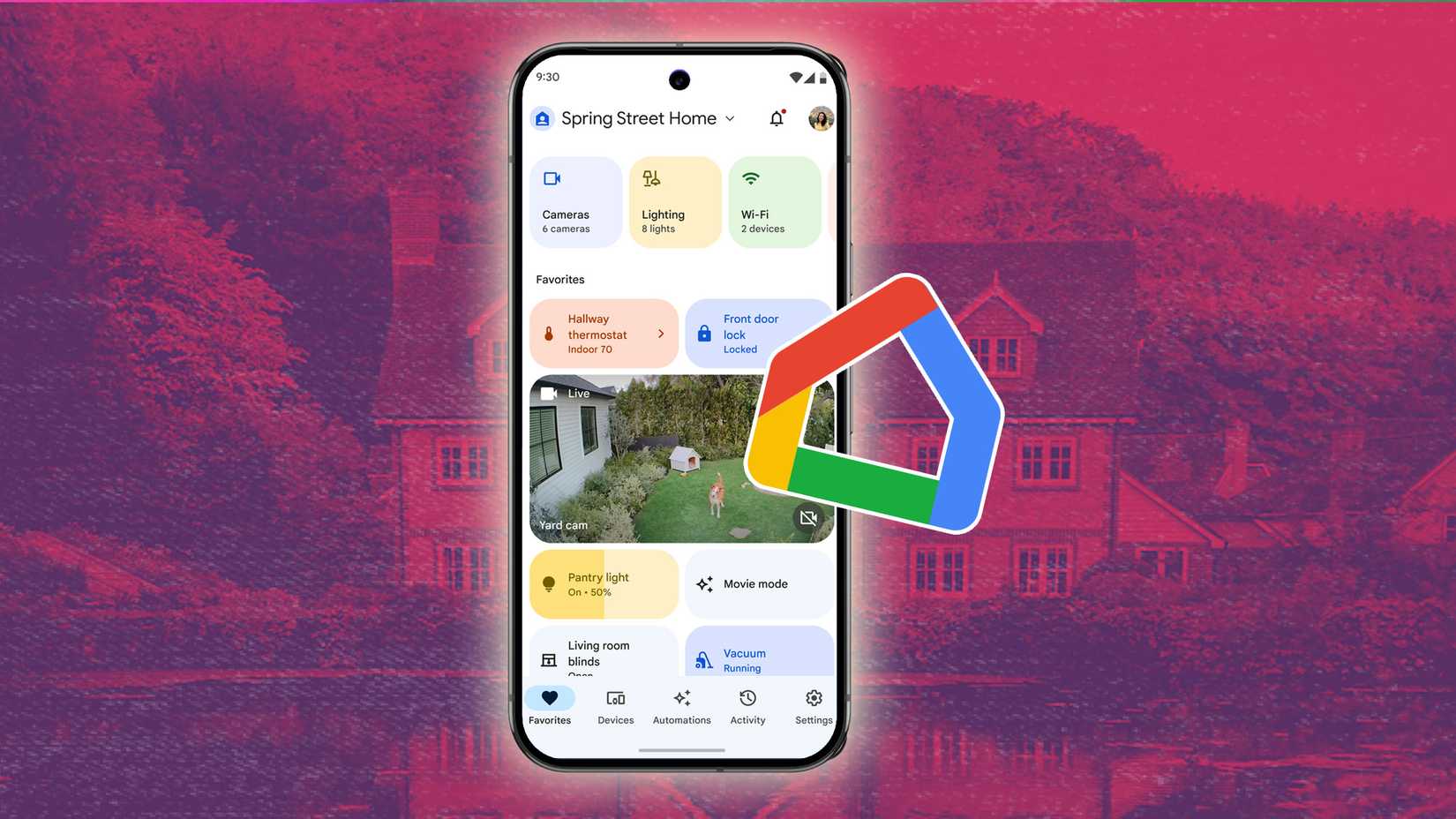Google Assistant started on our phones as a digital assistant that’s always with us. It later expanded to smart speakers to help us manage our smart home and keep our day organized.
However, as both of those areas became more complicated, a new solution was needed — Google says it’s Gemini.
While Google Assistant has been available for free in all capacities, Gemini isn’t. Google has told us Gemini is going to replace Google Assistant in the home, and this is leading many to believe that a paid tier of smart home management is on the way.
I’m OK with this, but only under certain conditions.
5
Reliability
Shouldn’t have to pay for it
It’s a rare thing to say in the tech world, but Apple was first. First to release a digital assistant in Siri in 2011, and Amazon followed up with Alexa in 2014.
For me and many Android users, Google Assistant became the standard when it arrived on phones in 2017. However, it wasn’t until we got the digital helper onto smart speakers that it became fully integrated into my life.
Access to my personal assistant anywhere in my home with a simple voice command was great.
Being able to control smart home devices easily, get reminders and set reminders, timers, listen, and control music, eventually watch videos, and much more, all with my voice, was a nerd’s dream.
I went all in on the Google Home experience. However, as Google’s focus began shifting towards Gemini, the digital assistant utopia I had been enjoying began to crumble.
Basic functions like turning off a light, setting a timer, pausing music, and others became dreadful encounters.
It’s almost as if Google Assistant knew Gemini was coming and decided to “quiet quit” and stop trying to help and simply exist while it could.
So the first thing that I’m willing to pay for is a competent digital assistant that not only offers predictable results, but accurate ones. Currently, we get predictable results, but they’re predictably bad.
No, we shouldn’t have to pay for a good quality product. We offer plenty of value to Google in the form of our data. At the very least, we should expect a product to perform as described.
But as the adage goes, “no internet is better than slow internet,” I’d rather pay a couple of bucks a month for a Gemini that can perform the requests given quickly and accurately.
4
Be natural
But not too predictive
One of the things I have really enjoyed about using Gemini on my phone and desktop is the way conversations can be had.
Gemini is very adaptable in how it responds based on how I interact with it. If I’m longer in my explanation and sound upbeat when talking to it, I’ll get similar responses. The same goes for when I’m short with it.
I like this because it feels like talking to a person rather than a computer. I feel like this is going to be one of the most important, aside from functionality, but least appreciated factors.
I know that natural language is a basic function of Gemini, but in the home setting, it is even more vital.
If you’ve been building out your smart home for a while now, you know how important it is to properly label devices because Google Assistant will only control the device if you get the name exactly right.
That is an annoying step in what can already be a confusing process for some. While I don’t think that the good naming habit should be forgotten, Gemini will need to be a bit predictive.
We’ve already seen a little of how Gemini works in this manner with the new search function in Google Photos, and I don’t like it at all.
Sometimes it feels like Gemini is trying to guess what I want rather than surface what I asked, like the old version did. I’m nervous we’ll get a similar experience in our homes.
I could see Google doing something really weird in this aspect by doing a “Gemini Lite” on a free tier that reduces the natural search and function, which would not only make control more difficult, but also more in line with what we’ve been getting from Google Assistant that we’ve been forced to use for the past few years.
3
Be as One
Just make it part of what we already have
Google One has continued to gain functionality and has also been the place where Google lumps many of its paid services.
The different tiers of Google One bring additional cloud storage, Gemini functionality, and more. The current Nest Aware subscriptions are a separate payment, as is YouTube Premium.
I think users should have the choice of this being part of the Google One platform. Let people pick a tier that gives a discount by choosing to bundle it all into one.
The last thing people want is another subscription, but even more so, to have one more thing to keep track of.
Google offers so many different services, and as more come on and features get added, it becomes a messy web.
Consumers are already overwhelmed with a litany of different bills and subscriptions from nearly every brand, which is why getting one of the big ones, Google, under the One umbrella would be much appreciated.
2
Truly be advanced
Don’t bait users
Gemini is very powerful and is capable of far more than the typical user will scratch the surface of, which is why Google needs to do right by everyone.
I’m of the mind that if Google moves to a subscription model for Google Home with Gemini or whatever it may be called, there should be three tiers: free, standard, and advanced.
Free gets basic functions, much like we have now with Google Assistant, but it works. I think it’s fair to say that a fully functioning Google Assistant should be the baseline here.
The first level of subscription should include Gemini-assisted automations. This is an area that has been lacking in the current Google Home model.
We’ve had tastes of it in the past, but it’s time for the training wheels to come off and get a more powerful and easier automation creation system. With that, we need the ability to add more devices to act as triggers, sensors, temperatures, and more.
This tier should also bring back location-based automations. These can be extremely helpful, and when we’ve had these options, it felt magical.
For the advanced tier, it needs to be truly advanced. I say it should be called advanced for a reason, because saying premium would make it seem that if you don’t choose it, you aren’t getting the best features.
That isn’t the way a smart home helper, or digital personal assistant should be walled off.
An advanced tier should include coding options and custom commands that you can code for Gemini to carry out. Deep dive functions that power users of other platforms, like Home Assistant, utilize to create a fully customized smart home.
The top paid tier should be thought of much like the way Google does for Gemini AI Ultra.
1
Open to all
Don’t be rude
Lastly, the one area that has been frustrating to me in terms of how Google handles smart home devices on its platform is with cameras.
For a long time, if you wanted to look at a live feed of a camera in the Google Home app, it had to be a Nest-branded cam, regardless of whether the app supported other brands.
For Gemini’s natural language search to work and feel like a true smart home companion, it needs to work with all supported brands.
I should be able to ask to see if any delivery trucks came to my house, and Gemini surfaces those events on my Eufy NVR cameras just as well as it would on a Nest camera.
I’m sure Google will have some special sauce for its own cameras, but features like search shouldn’t be something held back from users.
As much as I don’t like it, this could be a feature that I can see being part of the paid tier, but not the advanced.
You owe us, don’t mess it up
While I’ve questioned whether Gemini is the answer to replace Google Assistant, at this point, it has to be better.
My smart home setup has been forced into a strange state of operating on multiple smart home platforms, primarily Amazon Alexa and Home Assistant, with some Google Home in the mix, because Google Assistant has gotten so bad.
My family has completely given up on it and only asks Alexa questions. So, it is very much time for Google to put Assistant out to pasture and bring in Gemini with a host of powerful features and reliability.
However, it needs to be mindful of its approach. Smart home users who bought into Google Home when it was working and Google Assistant was, well, functional.
We’ve been shunned by the shell of a smart home platform for years, with nothing but empty promises to fix it from Google.
As much as I dislike the idea of paying for another subscription, if Google keeps it affordable or, preferably, adds value to Google One subscribers, I’m willing to pay for it to have a properly functional smart home that is smarter, easier, and more adaptable.


